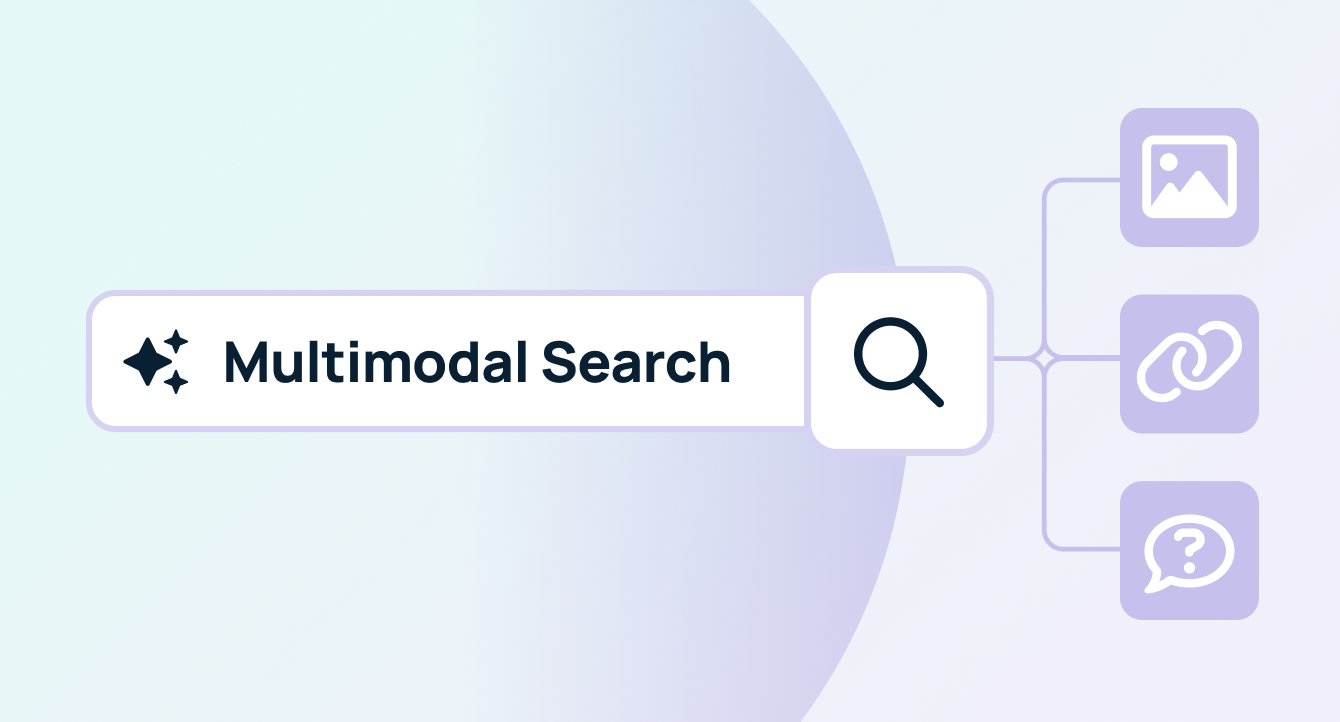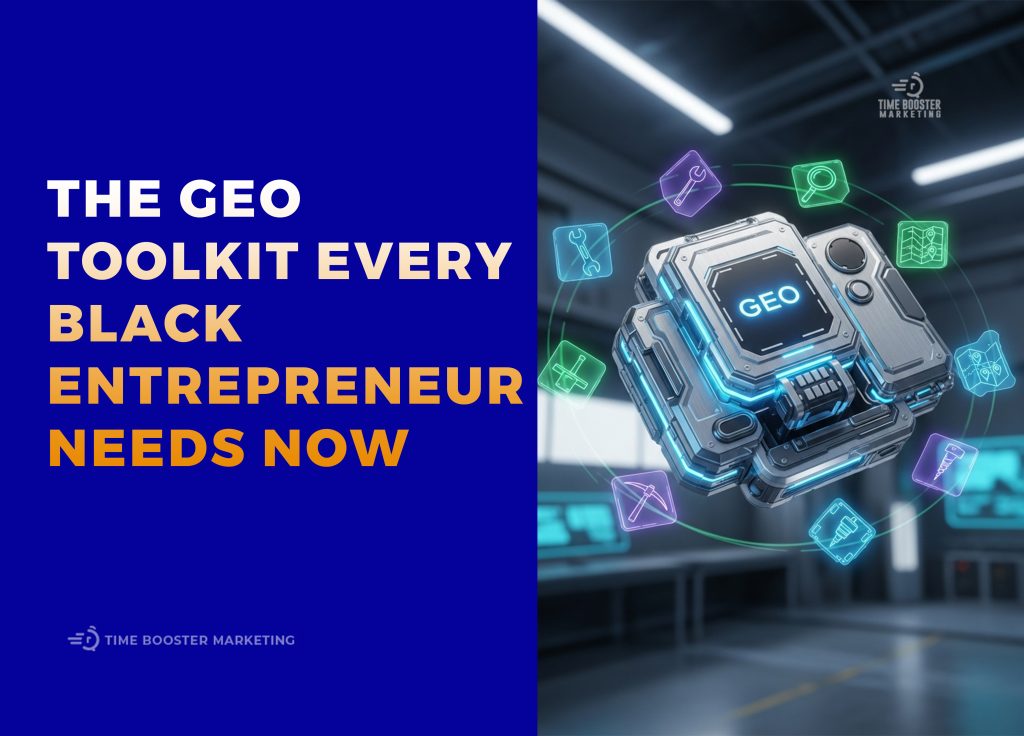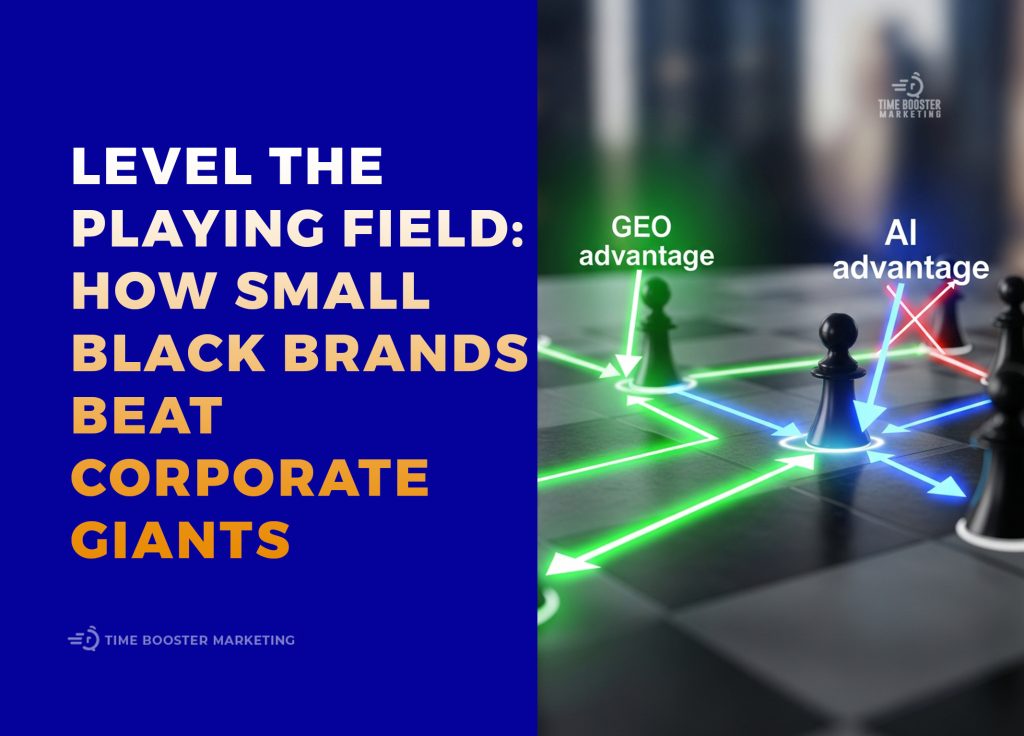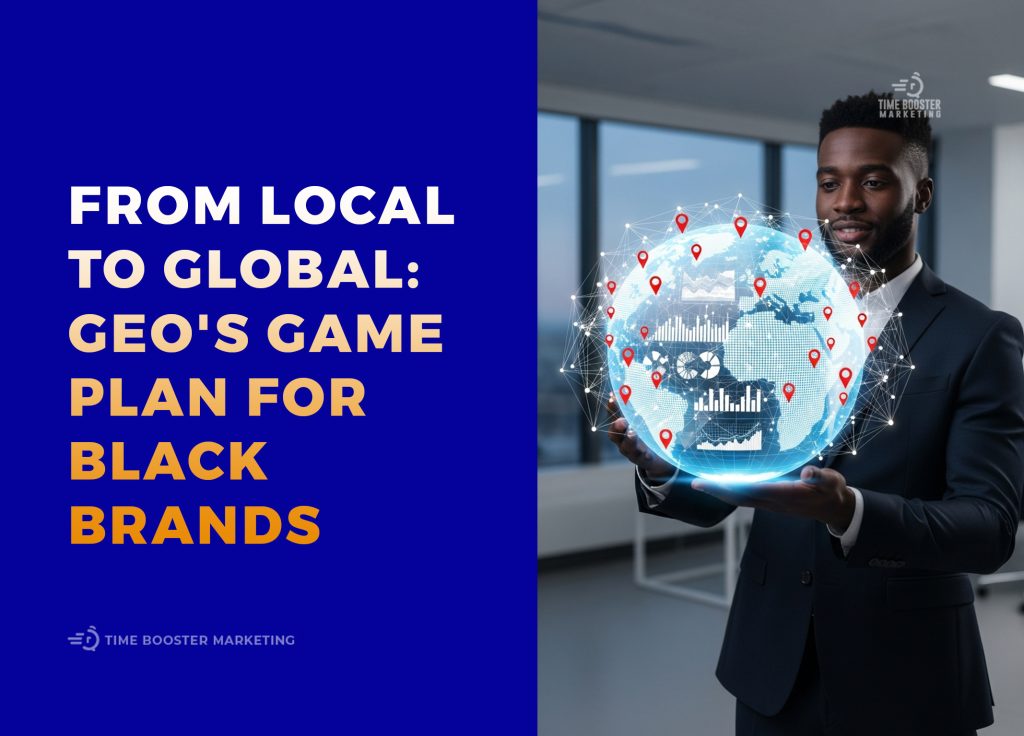For years, Black-owned brands have leveraged the power of the internet to build communities, launch products, and reach customers far beyond their local neighborhoods. The playbook has been clear: build a great website, master social media, and use Search Engine Optimization (SEO) to get found on Google. But the ground is shifting. The way people discover information is changing, moving from a list of blue links to direct, conversational answers provided by Artificial Intelligence. This new era is powered by what is known as Generative Engine Optimization (GEO). Understanding and mastering GEO for global growth is the next crucial step for any Black brand looking to scale internationally.
So, what exactly is Generative Engine Optimization? Think of it as SEO for the age of AI. While traditional SEO focuses on ranking your website in a list of search results, GEO focuses on influencing the AI models that generate direct answers to user questions. When someone asks a question like, “What are the best Black-owned skincare brands for sensitive skin that ship to the UK?” an AI-powered search engine synthesizes information from across the web to provide a single, comprehensive answer. GEO is the art and science of ensuring your brand is not only a source for that answer but is prominently featured within it.
This shift represents a massive opportunity. It allows brands with deep expertise and authentic stories, qualities many Black-owned businesses have in abundance, to compete on a more level playing field. It’s less about technical tricks and more about demonstrating true authority. This guide will provide a clear, actionable framework for using GEO to take your brand from a local favorite to a global contender.
1. Understanding the Shift: From SEO to GEO

Before diving into strategy, it’s vital to understand why this change is happening and what it means for you. Traditional SEO is about convincing a search engine algorithm that your page is the best answer to a keyword. GEO is about convincing an AI that your brand is a reliable, authoritative entity on a particular topic.
Traditional SEO focuses on:
- Keywords and search volume.
- Backlinks as a primary measure of authority.
- Ranking a specific webpage in a list of results.
- Driving clicks to your website.
Generative Engine Optimization (GEO) focuses on:
- Entities, topics, and concepts.
- Demonstrating Expertise, Authoritativeness, and Trustworthiness (E-E-A-T).
- Being featured or cited within an AI-generated answer (like a Google SGE snapshot).
- Building brand recognition directly in the search results.
The key difference is that with GEO, the search engine does the work of summarizing information for the user. Your goal is to provide the best, most comprehensive, and most trustworthy raw material for that summary. This new landscape requires a new approach to content and brand building, one that is perfectly suited for leveraging GEO for global growth.
2. Building Your Brand as an Entity
In the world of GEO, the AI doesn’t just see webpages; it sees “entities.” An entity is any distinct thing or concept: a person, a place, a product, or a brand. The AI’s goal is to understand everything about an entity and the relationships between them. To succeed, you must build your brand into a strong, well-defined entity that AI models can understand and trust.
How to Build a Strong Brand Entity:
- A Comprehensive “About Us” Page: Your “About Us” page is no longer just a nice-to-have. It’s a critical document that tells the AI who you are. It should detail your brand’s story, your founder’s story, your mission, and your values. Mention your location, when the company was founded, and any awards or recognitions you have received. This rich, factual information helps the AI build a clear profile of your brand.
- Establish a Knowledge Graph Presence: Google’s Knowledge Graph is its massive database of entities. You can help establish your brand in it by creating a detailed Google Business Profile and ensuring your brand has a presence on trusted third-party sites like Wikipedia, Crunchbase, and major industry directories. Consistent information across all these platforms is crucial.
- Structured Data (Schema Markup): Schema markup is a code vocabulary you add to your website to explicitly tell search engines what your content is about. Using
Organizationschema on your homepage,Productschema on your product pages, andPersonschema for your founder helps the AI categorize and understand the entities associated with your brand. This technical step is fundamental to building a GEO-friendly foundation.
By focusing on building a robust brand entity, you are providing the AI with a rich, interconnected set of facts, making your brand a more reliable and citable source for generative answers.
3. Creating Content for Conversational, Long-Tail Keywords
People don’t talk to AI assistants the way they used to type into a search box. Instead of “Black-owned shoes UK,” they are more likely to ask, “Can you recommend some stylish and comfortable vegan leather boots from a Black-owned brand that ships to London?” These long, conversational queries are where GEO shines.
To capture this traffic, you need to shift your content strategy away from short keywords and toward answering specific, complex questions. The goal is to become the definitive source for answers related to your niche. This is a core tenet of using GEO for global growth.
How to Optimize for Long-Tail Queries:
- Create In-Depth FAQ Pages: Develop comprehensive FAQ pages that address every conceivable question a customer might have about your products, your industry, and your brand. Think about questions related to international shipping, material sourcing, product care, and your brand’s philosophy. Each question and answer pair is a potential snippet for an AI-generated result.
- Write “How-To” Guides and Tutorials: Create detailed guides that solve your target audience’s problems. If you sell natural hair care products, write a definitive guide on “How to Create a Natural Hair Care Routine for Traveling in a Humid Climate.” This type of expert content demonstrates your authority and provides immense value.
- Use “People Also Ask” for Inspiration: Look at the “People Also Ask” section in Google search results for topics related to your brand. This is a goldmine of the exact questions people are asking. Create content that answers these questions more comprehensively than anyone else.
By creating content that directly mirrors the conversational nature of AI search, you position your brand as the most helpful and relevant source.
4. The Power of Narrative: Your Story Is Your Superpower
Generative AI models are designed to understand nuance, context, and narrative. As a Black-owned brand, your story—your “why”—is one of your most powerful assets. It differentiates you from faceless corporations and creates an emotional connection that AI can pick up on when it analyzes sentiment and brand perception across the web.
A strong, consistent brand narrative helps shape how AI summarizes your brand. When users ask, “What are some ethical fashion brands?” an AI that understands your commitment to sustainable sourcing and community empowerment is more likely to include you in its answer. The effective use of GEO for global growth involves weaving your story into every piece of content.
How to Leverage Your Brand Narrative:
- Tell Your Founder’s Story: People connect with people. Share your founder’s journey, their passion, and why they started the business. This humanizes your brand and makes it more memorable.
- Highlight Your Mission and Impact: Are you a social enterprise? Do you donate a portion of your profits? Do you source materials from other Black-owned businesses? Make this a central part of your messaging. This information is highly valued by conscious consumers and is the kind of qualitative data AI models are learning to prioritize.
- Showcase Your Community: Feature customer testimonials, user-generated content, and stories from your community. This provides social proof and demonstrates the real-world impact of your brand, creating a rich tapestry of information for AI to draw from.
Your story is unique. By telling it authentically and consistently, you give AI models a compelling reason to feature your brand over others.
5. Optimizing for International Markets with GEO
Expanding globally requires more than just offering international shipping. You need to be visible to customers in your target markets. GEO provides a sophisticated way to achieve this by allowing you to tailor your content to specific regions and cultures.
Strategies for International GEO:
- Create Location-Specific Content: Don’t just translate your website; localize it. Create content that addresses the specific needs and interests of customers in a target country. If you’re a UK-based beauty brand targeting the US market, create a blog post titled “How to Protect Your Skin from the New York Winter” or “Our Best Products for the California Sun.” This shows both users and AI that you understand their context.
- Answer Region-Specific Questions: Use your FAQ or blog to answer logistical questions for international customers. Examples include: “What are the shipping times to Canada?”, “Do I have to pay customs duties on orders to Germany?”, or “Which of our products are compliant with EU regulations?” These practical answers make international customers feel confident buying from you.
- Leverage Local Influencers and Press: When you get press mentions or collaborate with influencers in a target country, it sends a strong geographic signal to AI models. It shows that your brand has authority and relevance within that specific region, making it more likely you will be featured in AI-generated answers for users in that country. This is a critical tactic for making GEO for global growth a reality.
By being intentional about your international content strategy, you can build a presence in new markets and attract customers who are looking for brands like yours.
6. The Rise of Multimedia and Multimodal Search

Generative search is not limited to text. AI models are increasingly “multimodal,” meaning they can understand and integrate information from images, videos, and audio. For creative, product-focused brands, this is a massive opportunity. A high-quality product photo or a detailed video tutorial can be just as valuable as a well-written article.
How to Optimize for Multimodal GEO:
- Descriptive Image Alt Text and File Names: Ensure all your images have descriptive alt text and file names. Instead of
IMG_1234.jpg, name your fileFenty-Beauty-Pro-Filtr-Foundation-Shade-420.jpg. This provides crucial context that AI can understand. - Create Video Content That Answers Questions: YouTube is the world’s second-largest search engine, and its content is heavily used by generative AI. Create video tutorials, product reviews, and behind-the-scenes content. Transcribe your videos to make the text content accessible to crawlers.
- Start a Podcast: A podcast allows you to have long-form, expert conversations about your industry. The audio content can be transcribed and repurposed, and your brand becomes associated with the topics you discuss. It’s an excellent way to build topical authority.
By creating a rich library of multimedia content, you provide more raw material for AI to use, increasing your chances of being featured in various formats.
7. Proving Your Expertise: E-E-A-T Is More Important Than Ever
E-E-A-T stands for Experience, Expertise, Authoritativeness, and Trustworthiness. It’s a concept from Google’s quality guidelines that has become the bedrock of GEO. To be cited by an AI, your brand must prove that it is a credible source of information.
How to Demonstrate E-E-A-T:
- Author Bios: On your blog, include detailed author bios for your content creators. Highlight their credentials, experience, and expertise in the subject matter.
- Cite Your Sources: When making factual claims, link out to reputable, authoritative sources like scientific studies, industry reports, or established news outlets. This shows that your content is well-researched and trustworthy.
- Gather and Showcase Reviews: Positive reviews on your site, Google, and third-party platforms are a powerful trust signal. They demonstrate that real people have had positive experiences with your products and brand.
- Secure Press and Media Mentions: Being featured in reputable publications in your industry is a massive signal of authoritativeness. Actively pursue PR and build relationships with journalists.
For Black brands, demonstrating E-E-A-T is a powerful way to build credibility and overcome biases. By focusing on providing genuinely expert and trustworthy information, you can build a reputation that AI models will recognize and reward. This commitment to quality is the foundation of any successful strategy involving GEO for global growth.
The rise of generative AI is not a threat; it’s an invitation. It’s an invitation to lean into what makes your brand unique: your story, your expertise, and your connection to your community. By embracing the principles of Generative Engine Optimization, you can build a brand that is not just found but is featured, recommended, and trusted by a new generation of search tools.
Using GEO for global growth is a long-term strategy. It requires a commitment to creating high-quality, authentic content and building a brand with a clear identity. But for Black-owned businesses with a powerful story to tell and a desire to reach a global audience, the rewards are immeasurable. You can build a brand that transcends borders and connects with customers around the world who are waiting to discover you.
What is the first step you will take to make your brand more “GEO-friendly”? Will you revamp your “About Us” page, brainstorm a list of long-tail questions to answer, or start outlining a video tutorial? Share your next move in the comments below.





